- What We Do
- Agriculture and Food Security
- Democracy, Human Rights and Governance
- Economic Growth and Trade
- Education
- Environment and Global Climate Change
- Gender Equality and Women's Empowerment
- Global Health
- Humanitarian Assistance
- Transformation at USAID
- Water and Sanitation
- Working in Crises and Conflict
- U.S. Global Development Lab
Digital Strategy
Speeches Shim
Digital technology is transforming the way people gain access to information, goods, and services, which paves the way for improved health, well-being, and livelihoods. Digital technology has enhanced development outcomes and advanced national self-reliance in several ways.
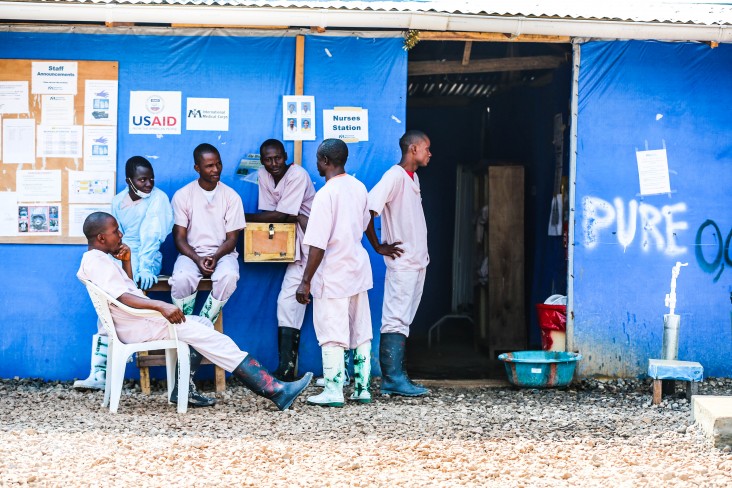
MAKING DEVELOPMENT MORE EFFECTIVE AND EFFICIENT
- Strengthening government service-delivery systems. During the 2014-2016 Ebola crisis in West Africa, USAID funded a mobile-phone-based system to disseminate information from the Liberian Ministry of Health to frontline health workers21 and helped streamline salary payments to health workers by using mobile money.22 In the Republic of Sierra Leone, digitized payments have contributed to saving an estimated 2,000 lives by ensuring community-response workers received their salaries.23
- Saving time and cutting costs. Digital technologies can improve delivery in a range of sectors, including health, humanitarian assistance, and education, to help allocate scarce resources where they are needed most. For example, using a smartphone-based application called eNutrition, health workers in the United Republic of Tanzania tailored treatment to children with severe acute malnutrition based on the child’s past weight, past treatment, and guideline targets. Calculations and guidelines for each child’s case helped virtually eliminate errors, which previously had been as high as 45 percent, within the first three months.24
- Prioritizing investments through geospatial analysis. In the Republic of Uganda, the creation and analysis of geospatial data supported USAID’s Saving Mothers Giving Life program. In just eight weeks, USAID-trained university students digitally mapped the entire transportation network of three districts in Western Uganda. These mapping data helped model physical accessibility to health care in the region and prioritize the allocation of new facilities. As a result of the improved allocation, maternal mortality in the area declined by at least 30 percent.25 In the Philippines, USAID’s Biodiversity and Watersheds Improved for Stronger Economy and Ecosystem Resilience (B+WISER) program harnessed technology alongside a geographic, data-driven approach to support the national government’s effort to improve the management of natural and environmental resources and mitigate deforestation.d, 26
DRIVING ECONOMIC EMPOWERMENT, FINANCIAL INCLUSION, AND TRADE
- Improving resilience through digital financial services. Digital financial services can make transactions cheaper, more accessible, more secure, and more transparent, and help the poor weather financial shocks to lead more resilient lives.27 Families who do not use M-Pesa in Kenya—the largest mobile-money system in the world—suffer a seven-percent drop in consumption when hit with a negative income shock, while the consumption of families who use M-Pesa remains unaffected.28
- Increasing economic activity and reducing barriers to international trade by using digital systems. The Ethiopian Commodity Exchange (ECX) is an online platform that provides real-time prices on agricultural products over SMS, telephone hotlines, a website, and traditional media channels. It offers smallholder farmers a fair opportunity to participate in international markets. Improved knowledge about coffee prices reduced trader’s margins by almost half, which meant farmers saw increased revenue.29 Similarly, the USAID-funded Regional Trade and Market Alliance (RTMA) worked with customs and other border-control agencies in Central America to reengineer trade processes to eliminate downtime and improve coordination. This reengineering process was critical to support the implementation of radio-frequency-identification (RFID) tags at two main border crossings.30
STRENGTHENING THE ECOSYSTEM FOR DIGITAL PAYMENTS IN THE PHILIPPINES
USAID worked with the Bangko Central ng Pilipinas (Central Bank of the Republic of the Philippines) and the country’s financial sector to improve the efficiency, reliability, safety, and interoperability of the system for retail payments and strengthen the national ecosystem for digital payments. This support has played an important role in the country’s journey to a cash-lite economy. A recent study by the Better Than Cash Alliance found that the Philippines has made significant progress, as the share of digital payments increased from one percent in 2013 to 11 percent in 2018. This translates to a 20-fold increase in the volume of transactions, from a monthly average of 25 million in 2013 to 490 million in 2018. In terms of value, digital-payment transactions quadrupled from a monthly average of $6 billion in 2013 to $24 billion in 2018.31
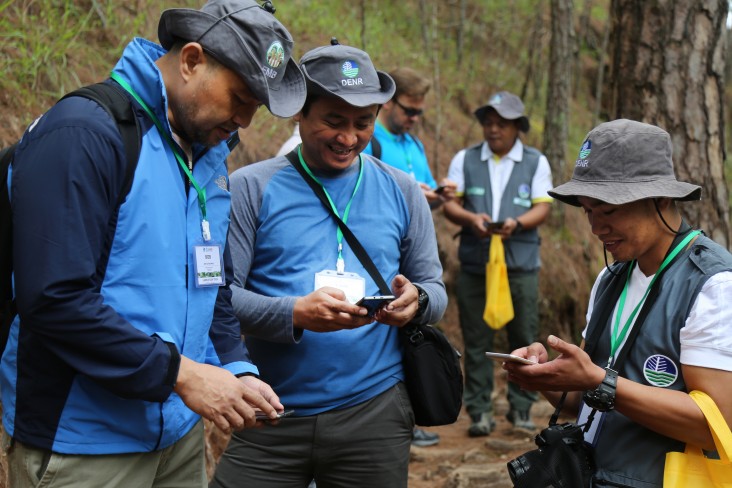
SUPPORTING ACCOUNTABILITY AND TRANSPARENCY IN GOVERNANCE
- Reducing waste and fraud in the distribution of public benefits. A trial of smartcard-enabled benefit payments in the Republic of India found that the leakage of funds decreased by 40 percent, and demands for bribes were 47 percent lower for card-users than for those in the control group.32 Overall, the reductions in leakage for the program were an estimated $38.7 million per year—nine times the cost of implementation.33
- Strengthening land-tenure systems. USAID’s Mobile Applications to Secure Tenure (MAST) initiative has combined innovative technology tools with inclusive, community-based methods to document and formalize the use of land and empower youth.34 MAST maps and documents land tenure in a number of countries, trains local youth to collect and validate land data as empowered “intermediaries,” and is a part of ongoing randomized control trials in the Republic of Zambia and Tanzania. The source code for MAST’s mobile applications and back-end database systems are free and open-source, so the technology is available for the broadest possible adaptation and use.
CREATING A PLATFORM FOR INNOVATION AND INCLUSION
- Providing the economic infrastructure for innovative businesses to offer services to underserved communities. The combination of inexpensive solar panels and mobile-money platforms is enabling pay-as-you go business models for off-grid energy.35 One company, M-Kopa, powers 300,000 homes in Kenya, Tanzania, and Uganda. This technology not only delivers electricity, but also broadens the reach of digital services for savings, credit, and payments.36
- Creating new opportunities for persons with disabilities. Digital reading platforms allow for accessible audio and visual supplements. Since 2011, the USAID-funded All Children Reading: A Grand Challenge for Development has used open competitions to create and scale technological solutions to improve the literacy skills of early-grade learners in developing countries.37 Its Sign On for Literacy prize targets the estimated 25 million deaf children around the world who lack access to education.38 In 2019, the Kenya-based prize finalist, eKitabu, translated Kenyan Sign Language (KSL) into a visual glossary, produced KSL videos for integration into accessible books, and created visual storybooks to introduce KSL to early-grade readers.
- Empowering youth to drive change in their communities. Young entrepreneurs and youth leaders are using digital innovation to help solve development challenges at home and abroad. Across the globe, more than 5,000 student mappers in more than 150 university chapters are generating open-source geospatial data for humanitarian and development use through YouthMappers. The USAID-funded program creates geospatial data for our programs that need them most, while strategically empowering youth to define their world by mapping it.
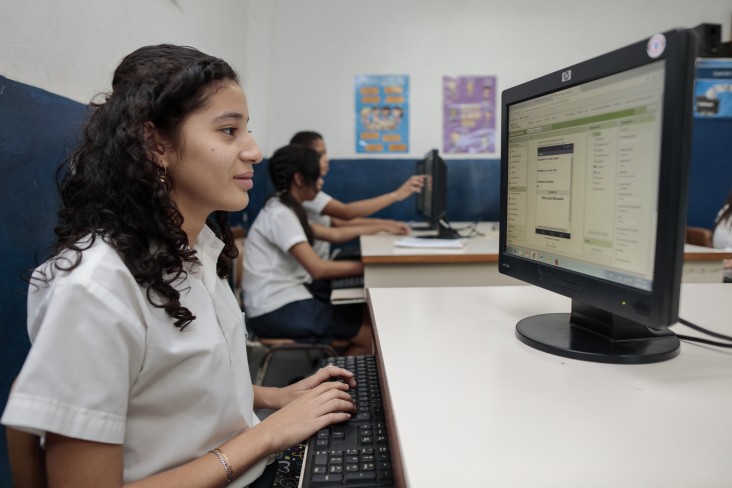
DELIVERING INFORMATION AND ACTIONABLE INSIGHTS
- Enabling access to data. In the Islamic Republic of Pakistan, a country plagued by chronic electricity shortages, USAID installed 9,000 smart meters, which used the country’s mobile network to relay electricity-usage data back to the utility’s headquarters every 15 seconds. With increased access to data, the distribution company provided better electricity service to more than 120 million people, increased its revenue by $62 million, and reduced losses to the economy by an estimated $180 million.39
- Aiding in the formulation of strategies and the design and implementation of projects and activities by using powerful emerging approaches like machine learning (ML) and artificial intelligence (AI). In the Republic of Colombia, efforts to increase the crop yields of smallholder farmers have used ML approaches to make recommendations based on historical yield data and updated climate models.40 For efforts to expand access to electricity, computer vision algorithms can map electric grids by picking out electric towers and power lines from satellite images.41 Similar approaches can map road networks to identify underserved regions.42
d. The Government of the Philippines has adopted and scaled up the technology with its own resources.

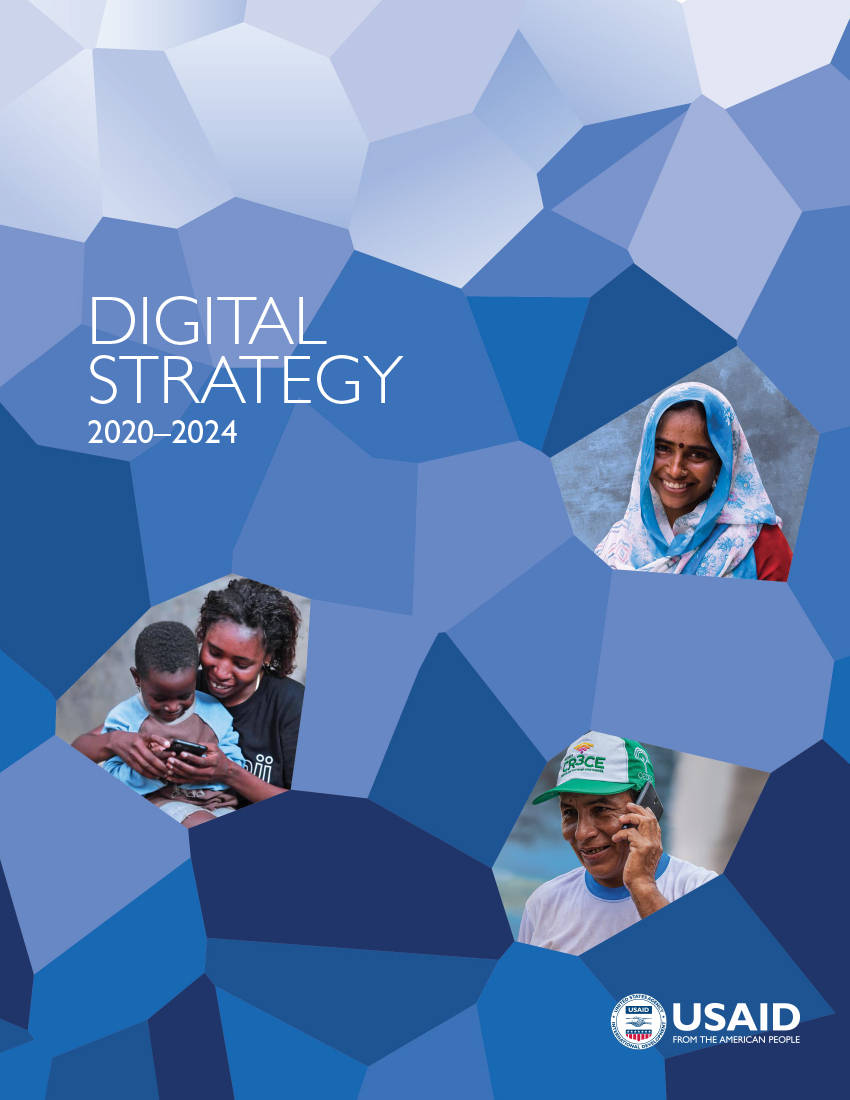
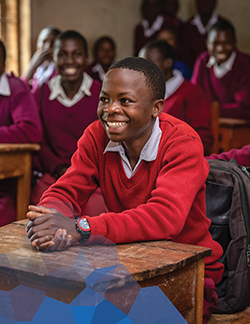
Comment
Make a general inquiry or suggest an improvement.